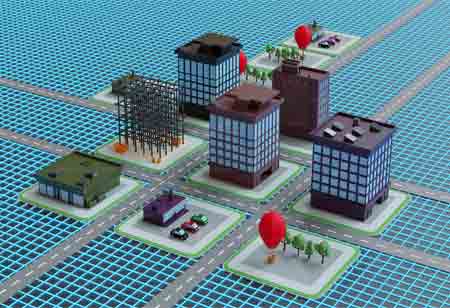Thank you for Subscribing to Gov Business Review Weekly Brief
Improving Public Transport: A Roadmap for Urban Mobility
Authorities should improve service frequency, accessibility, safety, comfort, and cost to make public transportation a popular option in urban areas.

By
Gov Business Review | Friday, August 01, 2025
Stay ahead of the industry with exclusive feature stories on the top companies, expert insights and the latest news delivered straight to your inbox. Subscribe today.
Authorities should improve service frequency, accessibility, safety, comfort, and cost to make public transportation a popular option in urban areas.
Fremont, CA: Public transport is critical in reducing traffic congestion, lowering carbon emissions, and improving urban mobility. Making public transport an appealing choice for residents is essential for cities looking to create more sustainable and efficient transportation systems. This transformation involves enhancing convenience, affordability, accessibility, and overall quality to ensure that public transit becomes the preferred mode of travel over private vehicles.
Improving Service Frequency and Reliability
One key factor in making public transport more attractive is ensuring frequent and reliable service. Waiting times can significantly influence a person's decision to use public transport, as long wait times discourage riders. Cities can address this by optimizing schedules to ensure that buses, trains, and trams arrive regularly throughout the day, particularly during peak hours. Additionally, improving the reliability of public transport services is crucial. When transportation services are consistent and punctual, riders are more likely to trust and use the system regularly.
Enhancing Accessibility
Making public transport accessible to all residents, including those with disabilities, is essential for fostering inclusivity. This can be achieved by ensuring that stations and vehicles are equipped with ramps, elevators, and other necessary accommodations for passengers with mobility issues. Furthermore, public transport should be accessible in terms of geographical reach. Extending networks to underserved areas and ensuring that routes cover the entire urban area allows more people to take advantage of public transit.
Comfort and Safety
Passengers are more likely to use public transport if it is comfortable and safe. Clean, well-maintained stations and vehicles are essential in creating a pleasant travel experience. Air conditioning, comfortable seating, and accessible amenities are key features that can improve the appeal of public transport. Additionally, ensuring the safety of passengers by having well-trained staff, security measures, and surveillance systems helps build trust in the system, making it a more attractive option for daily commuting.
Affordability and Incentives
Affordability plays a critical role in determining whether people will use public transport. Offering competitive pricing and discounted fare options for students, seniors, and low-income passengers can make public transport more accessible. Introducing fare capping, where passengers pay a maximum fare for unlimited travel within a given period, can also encourage people to use the system more often. Cities can also offer incentives such as free rides on specific days or discounts for regular commuters.
Integration with Other Modes of Transport
Integrating public transport with other modes of transportation, such as cycling and walking, can further increase its attractiveness. For example, a seamless connection between bus, train, and bike-sharing services creates a multi-modal transportation network that allows people to travel more efficiently across the city. Providing safe cycling lanes, bike racks on buses, and easy access to other transport options encourages people to use public transit as part of their daily routine.
More in News






